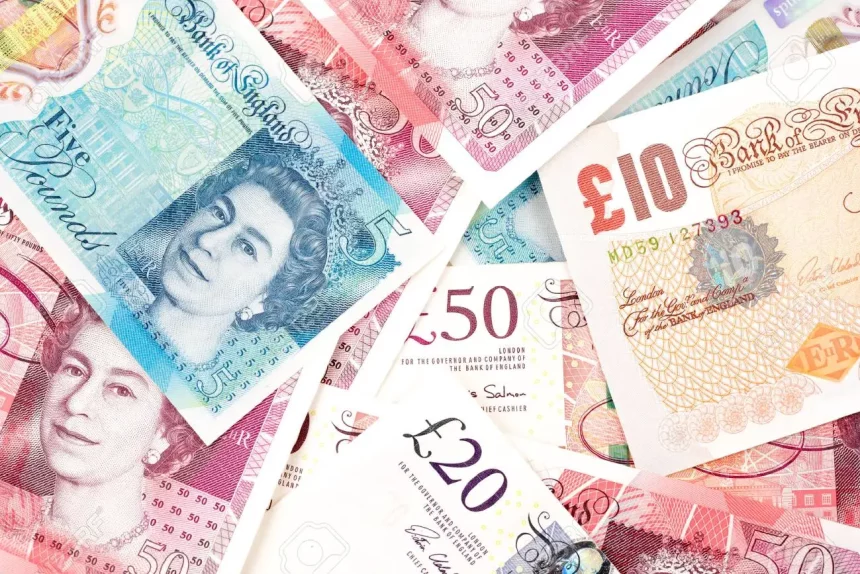GBPUSD is regaining ground on its 15-month high at 1.2970. As the United Kingdom’s labor cost data has shown to be more durable than predicted. The GBPUSD pair has gained tremendous momentum. As the likelihood of a significant interest rate hike by the Bank of England (BoE) has increased. With the understanding that more disposable income available to consumers would result in stronger purchasing power, and eventually, total demand will rise further.
Firms in the United Kingdom are paying greater compensation to their employees. Amid workforce shortages. Examining the employment statistics reveals. That the unemployment rate has risen as businesses have begun to avoid lending. Owing to increasing interest rates. The likelihood of the Bank of England raising interest rates remains strong. Since increased wage pressures are sufficient to outweigh the impact of an increase in the unemployment rate.
GBPUSD appears to be stabilizing ahead of inflation data.
GBPUSD auctions well over 1.2900 UK labor costs have proved out hotter than projected.
Three-month average earnings excluding bonuses have held stable at 7.3%, despite investors expecting a drop to 7.1%.
Claimant Count Change increased to 25.7K, while claims decreased by 22.5K previous month. Unemployment for three months The rate has risen to 4.0%, above forecasts and the previous announcement of 3.8%.
Increased wage pressures are adequate to counteract a considerable increase in the unemployment rate.
GBPUSD investors anticipate that the Bank of England’s interest rates will peak at 6.25-6.50%.
On Monday, Bank of England Governor Andrew Bailey stated that the central bank will continue to monitor the labor market in order to reduce inflation.
Andrew Bailey highlighted the central bank’s efforts to create a price-stabilizing environment.
FM in the United Kingdom On Monday, Jeremy Hunt stated that the government and the central bank “will do whatever is necessary, for as long as it is necessary” to bring inflation to the 2% objective.
Inflation in the United Kingdom has slowed. However, the promise made by UK Prime Minister Rishi Sunak that inflationary pressures would be cut in half by the end of the year will be broken.
According to a British Retail Consortium (BRC) poll, increasing food costs have tightened consumer finances, reducing demand for big-ticket products.
Households are bearing the weight of strong price pressures since the rate of inflation is faster than the rate of labor cost increases.
Andrew Bailey asked industry regulators last week to cease overcharging customers for gasoline.
Firms in the United Kingdom are increasing their payroll expenses to compensate for workforce shortages.
The UK’s economic calendar is jam-packed this week, with the labor market data being followed by the Financial Policy Committee (FPC) minutes on Wednesday and the Industrial and Manufacturing statistics (May) on Thursday.
Monthly Industrial Production (IP) and GDP (GDP) are predicted. to shrink by 0.4%. Manufacturing output is expected to fall by 0.5%.
Market mood is fairly positive, with a strong demand for risky currencies.
The US Dollar Index (DXY) has extended its four-day losing streak as investors hope the Federal Reserve (Fed) has just one interest rate rise left in its toolbox.
In a lecture at the University of San Diego, Cleveland Fed President Loretta Mester stated, “The economy has shown more underlying strength than anticipated earlier this year, and inflation has remained stubbornly high, with progress on core inflation stalling,” according to Reuters.
The Consumer Price Index (CPI) in the United States will be closely studied this week. According to the preliminary data, the monthly headline CPI increased by 0.3%. as comparison to the previous rate of 0.1%. Furthermore, core inflation, which includes oil and food costs, is predicted to keep pace with the headline CPI.
Technical Outlook
GBPUSD extended its four-day winning streak after breaking over Monday’s high of 1.2868. The Cable is approaching the daily Rising Channel chart pattern, in which each retreat is regarded as a buying opportunity for investors.
Upward-sloping daily Exponential Moving Averages (DEMAs) of 50 and 200 periods imply that the overall trend is quite positive. Bounded oscillators are showing significant strength in the upward momentum.









